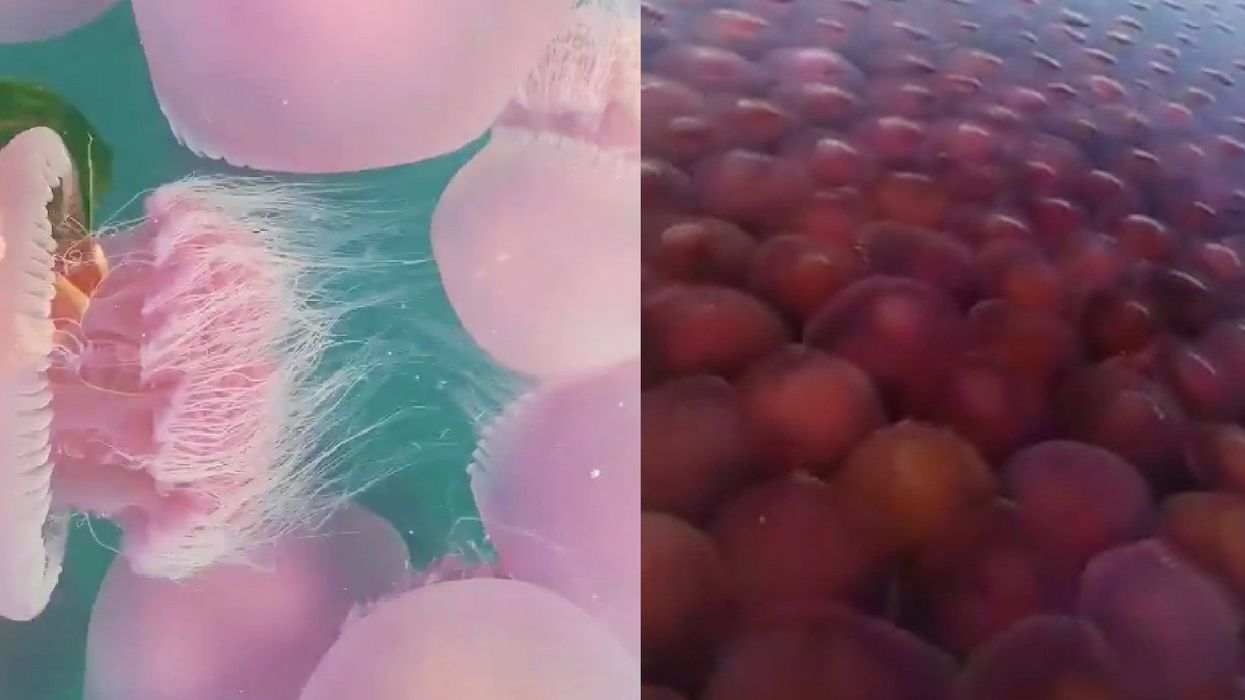
A spectacular bloom of pink jellyfish has been spotted off the coast of El Nido, Palawan, in the Philippines.
Sheldon Rey Boco, who is a PhD candidate in marine biology at the Griffith University shared a mesmerising video of thousands of pink jellyfish in the waters just off the beach, just off one of the northern beaches on the western island of the country.
Jellyfish certainly are not affected by #COVID19 restrictions. Here is a bloom of #jellyfish medusae of the tomato… https://t.co/oCAW5RCGw7— Sheldon Rey Boco (@Sheldon Rey Boco) 1585372901
The jellyfish in the video are known as Crambione cf. mastigophora, or "tomato" jellyfish as they are more commonly known. Locals in the Philippines also call them 'labong-labong'.
Boco, who is the co-founder of the Philippine Jellyfish Stings Project is quoted by the Manila Bulletin as saying:
These hundreds or thousands of medusae are probably present in late January or February but because of wind, current and tidal conditions, they only seem to appear during March in Palawan. The atmosphere, water velocity, current, tide and even geological features of the bay or any body of water can influence the occurrence of medusae and their blooms. There are years when blooms or populations of a jellyfish are high and there are also years when they are few or even almost absent.
He added that the sensation could have occurred due to a number of atmospheric combinations in the water or an abundance of food.
The atmosphere, water velocity, current, tide and even geological features of the bay or any body of water can influence the occurrence of medusae and their blooms.
The bloom or 'smack,' to give them their collective noun, is said to not be an uncommon occurrence and happens on a yearly basis and is unlikely to have been affected by the lack of humans on the beach due to the coronavirus pandemic.
Benny Antiporda, the undersecretary for local government and solid waster concern for DENR told Business Mirror:
These jellyfish were brought by the ocean current and usually, they end up in Corong-Corong Bay.
However, he did say that the jellyfish population might be starting to thrive as quarantines have temporarily prevented people from harvesting the animals.












